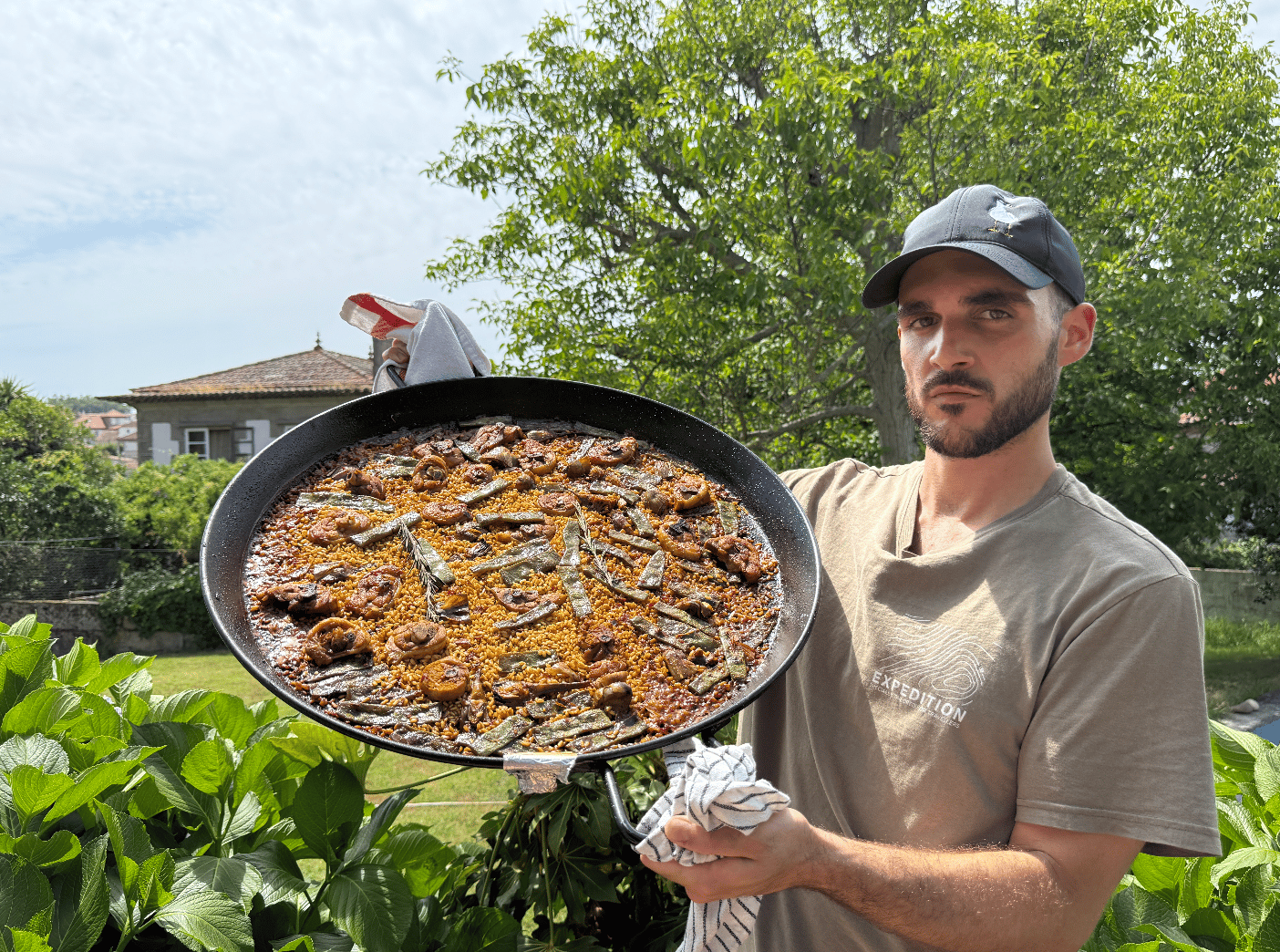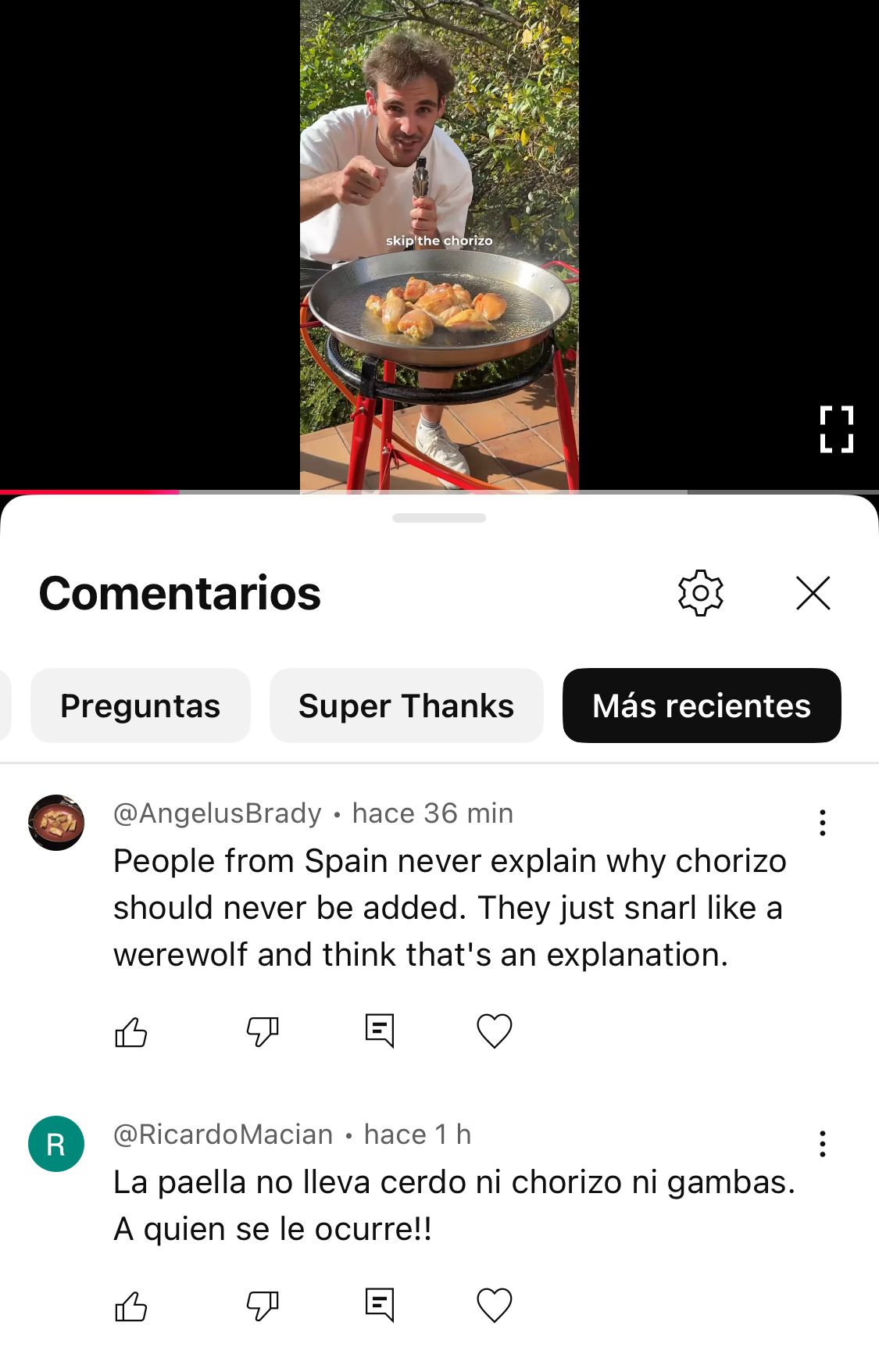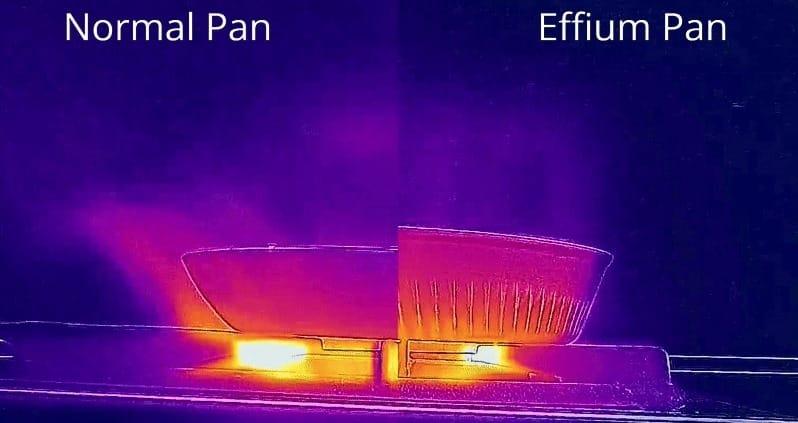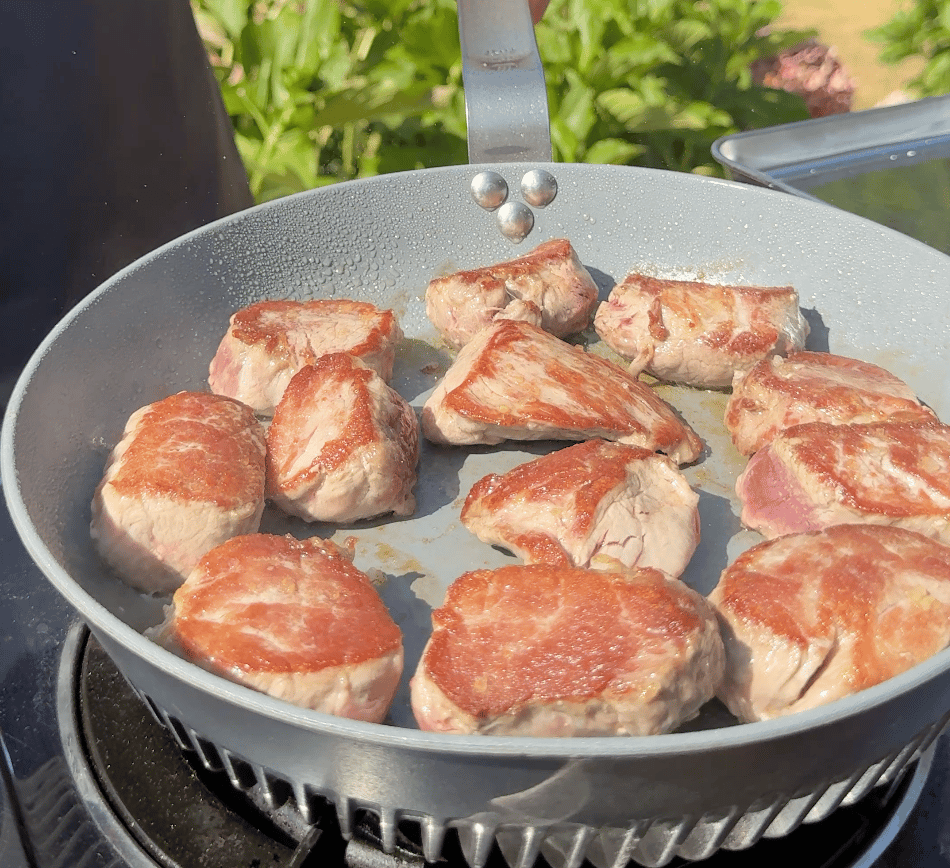- LA SOBREMESA
- Posts
- The Flavor Matrix of Valencian Paella (And Why Chorizo Destroys It)
The Flavor Matrix of Valencian Paella (And Why Chorizo Destroys It)
Remember: tradition isn't random.

A couple of days ago, I posted a short on my channels about “how to make paella without getting cancelled in Spain’’.
Difficult... I know. But one of the tips I gave in the video was “skip the chorizo,” something any Spaniard would instantly agree with. Surprisingly, though, lots of foreigners were confused about it, like this one:

Despite the aggressive tone (I didn’t even know what “snarl like a werewolf” meant, but I’m thankful I learned it now because I will definitely use it a lot 😂)... this guy is right. My bad, I guess. I had honestly never thought I needed to explain why skipping chorizo in paella. My instant reaction was, indeed, snarling like a mf werewolf...
But then I wondered if I was becoming what I swore to destroy: a purist, blindfolded by obsessive love for tradition, rejecting something without even trying it first. So… I had to meditate about it a bit. I asked my beloved community which, even though it’s pretty international, still has a strong 25% of fellow countrymen ready to back me up when I need it (I love you btw!). And let me tell you... they snarled like werewolves! (LOL two times already). Here are some of the answers I liked the most:
‘‘It is not about the ingredients, but the balance among them, and the chorizo breaks that balance’’.
‘‘Would take over the flavors of the paella.’’
‘‘My mom wont let me’’.
‘‘The taste of dried meat with garlic and paprika overpowers all the rest of ingredients’’.
‘‘Same reason why you don’t put ketchup on your tiramisu’’.
‘‘Quite simple: flavor pairing does not work. Chorizo in paella is like pesto in carbonara’’.
Now, here’s my takedown:
In this context, paella means the authentic Valencian paella (with chicken, rabbit, saffron, paprika, rosemary, etc.). And I have to admit something: every time I manage to make that recipe just as it’s meant to be done, I’m amazed by the result. The flavor is something that cannot be described easily. Paella tastes like… paella. It’s a complex flavor created by a perfectly balanced combination of all the ingredients. It doesn’t taste like saffron, nor chicken, nor rosemary. It tastes like paella. It’s beautiful, and it’s delicious.
And that’s basically why anyone who has enjoyed a proper Valencian paella, made with the traditional ingredients, would “snarl like a werewolf” if you suggested adding chorizo. It would instantly kill that “paella flavor magic” and just make everything taste like garlic and paprika.
That said, if you’re still not convinced, let me remind you: paella is not the only dry rice dish we make in Spain. Many others do include chorizo and other cured meats. Google arroz a la zamorana, a Castilian recipe with enough calories per serving to last a whole winter; or arròs al forn, a traditional recipe also from the very land where paella was born.
Spaniards are not against cooking a rice dish and adding chorizo to it. But I do consider stupid adding it into a recipe where it doesn’t fit just because ‘‘it’s spanish’’.
PS: Check out my new youtube video in which, right after trying to give you a lesson on how to respect traditions and valencians… I do exactly the opposite by calling ‘‘Seafood paella’’ to what would actually be more correct to call ‘‘Arroz de Marisco’’.
Guille’s gastronomic recomendations:
🌿 From My Kitchen to Yours
For me — and for 99% of Mediterranean chefs — having a good olive oil is non-negotiable. A couple of months ago, Juan from Molino Juanito Ortiz Extra Virgin Olive Oil reached out, confident about the excellence of his product.
As a chef, I’ve tried countless olive oils, but this one truly stood out. Its elegant, lingering aroma fills the kitchen the moment you use it, and its flavor elevates any dish.
They ship worldwide. Try it once, and you’ll see why I’ve stayed loyal to it ever since:
🔥 For Those Obsessed With Excellence in the Kitchen:
You’ve probably heard me say it more than once: “Sear your proteins at high heat to trigger Maillard reactions” or “Stir-fry at high heat to get those caramelizations going.” If it wasn’t clear enough — caramelization and Maillard reactions are what separate amateur skills from professional cooking.
The team at Effium Cookware understands this perfectly (along with other essentials, like saving gas, energy, and money). That’s why they developed a patented pan technology that absorbs heat faster and more efficiently. They sent me a sample, and I was genuinely impressed by the performance.
This recommendation might resonate most with experienced chefs — or with passionate home cooks chasing perfection — but if you want to level up your cooking, I can honestly recommend giving these pans a try.
👉 Use this link or the code COOKINGFROMSPAIN for -20€ off!



Reply